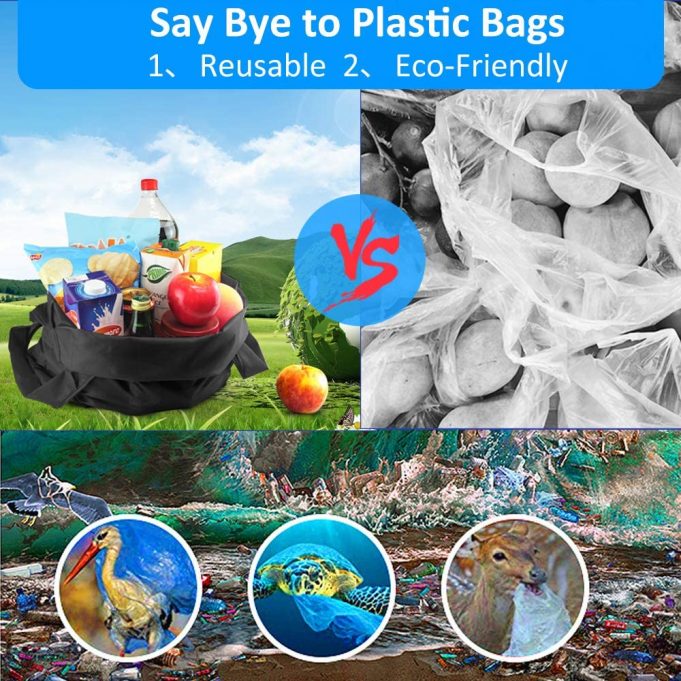If you want to pivot your family to a sustainable, zero-waste lifestyle, start by overhauling your kitchen. Most of the waste that households produce comes from the cooking and dining areas. Food scraps, plastic shopping bags, and empty food packets, among other kitchen waste, leave a significant carbon footprint.
People unfamiliar with sustainability might find the term “zero-waste” intimidating. No one can eliminate kitchen trash and leftovers, after all. However, we want to emphasize that zero-waste lifestyles do not involve wholly removing waste; instead, they promote renewable resources.
Keep reading for straightforward, actionable tips on minimizing the waste your kitchen produces!

1. Set Small, Feasible Goals on Living Sustainably
A common misconception about sustainable living is that you have to make drastic changes to produce results. This belief couldn’t stray further from the truth. On the contrary, many newbies fail because they force themselves to take on momentous eco-friendly projects too soon.
Instead of overhauling your kitchen right away, establish feasible goals. For instance, before growing a full-scale sustainable garden, explore your local farmer’s market first. Small achievements build momentum and ease you into prominent sustainable projects.
2. Replace Single-Use Products With Reusable Alternatives
Most people would find their trash bins brimming with various single-use items, including empty fast food packets, disposable utensils, and plastic cups.
We understand that eliminating disposable products is not a feasible option for several households. People have been using single-use products their whole lives, after all. Some might not even know that renewable alternatives to their daily kitchen items exist.
The best solution is to replace your single-use products with reusable alternatives gradually. For instance, instead of using wasteful disposable cotton rounds and swabs, opt for LastRound by LastObject.
Once you adapt to the initial changes, try taking on more challenging substitutions like Ziploc bags for Life Without Plastic’s beeswax bags, plastic straws for Bambaw Bamboo Straws, and disposable coffee pods for CAPMESSO Reusable Espresso Capsules.
3. Invest In a Water Filter
Too many households have an unhealthy over reliance on plastic water bottles. Surveys show that America wastes more than 40 billion plastic bottles per annum—totaling around $1 billion worth of plastic.
If you want to reduce the number of plastic bottles your family wastes, invest in a good faucet water filter like PFM400H by PUR. Their setups attach to faucets with no need for extensive plumbing installation services. Apart from being convenient, they’re also inexpensive.
Once you have a water filter in place, dump your plastic bottles in the recycling bins and replace them with refillable jugs and pitchers. Carry a thermos when you go out so that you wouldn’t need to buy bottled water anymore.
4. Practice Mindful Eating
Most people have grown accustomed to throwing out leftovers, so they no longer realize how much food they waste. The USDA estimates that 30% to 40% of America’s food supply goes to waste. If the statistics don’t scare you, a quick trip to any fast food joint’s dumpster will help you understand the amount of food that modern society wastes.
To minimize food waste, develop mindful eating habits. Cook only what your household can finish and serve small meal portions—you can always ask for seconds. Also, store your leftovers in airtight containers. They will make excellent additions to your low-cost, low-effort packed meals the following day.
5. Use Food Scraps for Your Garden Compost
No matter how excellent you are as a cook, you cannot turn all your food scraps into fresh meals. For these instances, use the scraps as garden compost. Apart from minimizing your household’s food waste, the practice also helps you grow abundant, healthy crops.
6. Buy Packaged Products in Bulk
Start buying your pantry items in bulk. Packaged products come with plastic shells and cardboard boxes, so you will end up producing more waste if you stick with single-serving items.
7. Use Your Own Shopping Bags
Single-use paper and plastic grocery bags contribute to the country’s growing waste problem. Statistics show that America throws away 100 billion plastic grocery bags every year—which could take centuries to decompose.
Fortunately, awareness of the risks of using plastic bags has spread worldwide. Many states already imposed laws prohibiting consumers from freely using multiple plastic bags. Most stores pack groceries in cardboard boxes or paper bags.

While this change is an improvement, it’s not enough to dent the country’s massive plastic waste problem. You can take things up a notch by bringing inexpensive, durable grocery bags from sustainable brands like Gogooda. Since a single reusable bag lasts four years, it will replace at least 600 plastic bags.
Is Building a Zero-Waste Kitchen Possible?
Commitment plays a crucial role in creating a zero-waste kitchen. As we mentioned above, transitioning to an eco-friendly lifestyle takes time, but the process becomes easier once you adapt. You’ll find yourself naturally making sustainable choices after pushing through with the initial changes.
Also, note that one-size-fits-all kitchen remodeling plans yield negligible advantages. So, do not blindly follow cookie-cutter steps. Instead, select the sustainability tips that match your lifestyle, then modify them according to your preferences.
Promotional consideration was provided.

 Tammy Litke is a Dallas blogger, blogging since 2008. She loves to watch movies, play video games, spend time in the kitchen, and travel. Between recipes and reviews you’ll find many helpful and some just plain funny posts on her blog. Welcome, pull up a chair and stay for a while!
Tammy Litke is a Dallas blogger, blogging since 2008. She loves to watch movies, play video games, spend time in the kitchen, and travel. Between recipes and reviews you’ll find many helpful and some just plain funny posts on her blog. Welcome, pull up a chair and stay for a while!